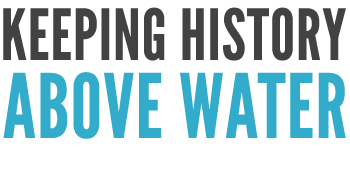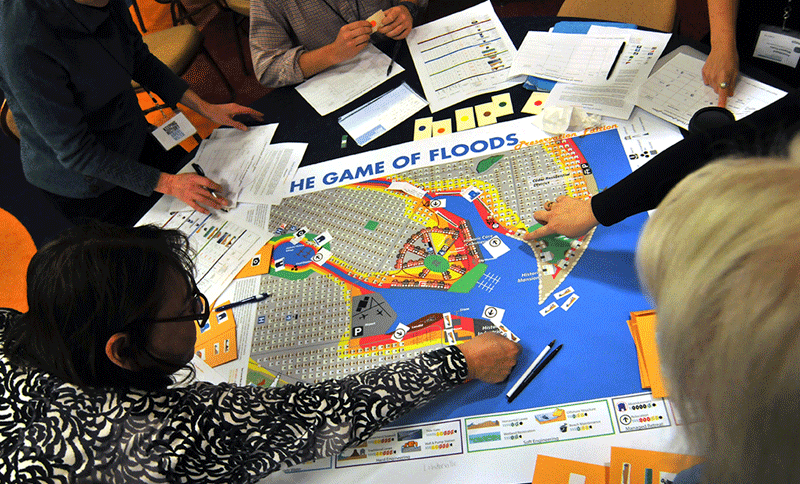Crowdsourcing Solutions to Sea Level Rise
If we’re going to deal with the mounting threat of sea level rise and its potentially disastrous effects on our coastal communities, we all need to work together on the solutions. That means engaging experts from a wide range of fields: climate science, urban planning, architecture, landscape design, historic preservation, engineering, and more.
Many of these will be represented on the roster of speakers at Keeping History Above Water. But to truly save entire communities, we need to engage entire communities – even the people who aren’t necessarily “the experts.” Concerned citizens will always have something to contribute to the wellbeing of their communities, and some of the experts who will present at our conference have been working to crowdsource solutions to the threat of sea level rise.
Mason Andrews is an Associate Professor of Architecture at Hampton University in Virginia, and joins us for a panel on “Imagined Adaptations.” She was part of a cross-disciplinary collaboration between his department and Old Dominion University’s Department of Civil and Environmental Engineering that explored flood mitigation solutions in a riverfront neighborhood in Norfolk, a city second only to New Orleans in threat from combined sea level rise and land subsidence. Students conducted community interviews and devised strategies that were projected to eliminate flooding into the next century. It’s a great model of engaging a community to help solve its own problems.
Also on that panel is Suzanne Mathew from RISD’s Department of Landscape Architecture. She, too, put students to work designing solutions for looming threats. In this case, RISD students conducted research and design projects to mitigate the sea level rise threat to historic landmarks and cultural landscapes in Boston from 2050-2100. The focus was on predicting future threats and adapting to meet them.
Alex Westhoff joins us from Marin County, CA, where he is a planner for the County’s Community Development Agency. Through a collaboration with the National Trust for Historic Preservation, his office developed a hands-on, group-based approach to brainstorming strategies for sea level rise. Game of Floods: Preservation Edition is a real-time simulation in which participants play the role of preservation commissioners for a fictitious community threatened by rising seas. On day 4 of our conference, attendees will have the chance to experience the game themselves.
Tom Dawson manages the Scotland’s Coastal Heritage at Risk Project (SCHARP), which uses an interactive website and mobile technology to enlist “citizen archaeologists” in the work of editing and updating records on cultural heritage sites threatened by rising waters. He joins us for a keynote presentation on day 2.
Perhaps the best example of community engagement, however, arrives in the person of Queen Quet Marquetta Goodwine, Chieftess of the Gullah/Gechee Nation. She represents an indigenous people who inhabit St. Helena Island, part of South Carolina’s Sea Islands. She developed an ongoing program that brings generations together in learning Gullah/Gechee traditions that preserve the environment of the Sea Islands. She will present a special lunch session, “We Culcha and de Sea,” about the lessons drawn from her community engagement around environmental issues.
We all have a role to play in protecting our communities from environmental threats. Keeping History Above Water offers an opportunity to compare notes and learn how to get others involved.
Photo courtesy Frank Mullin

